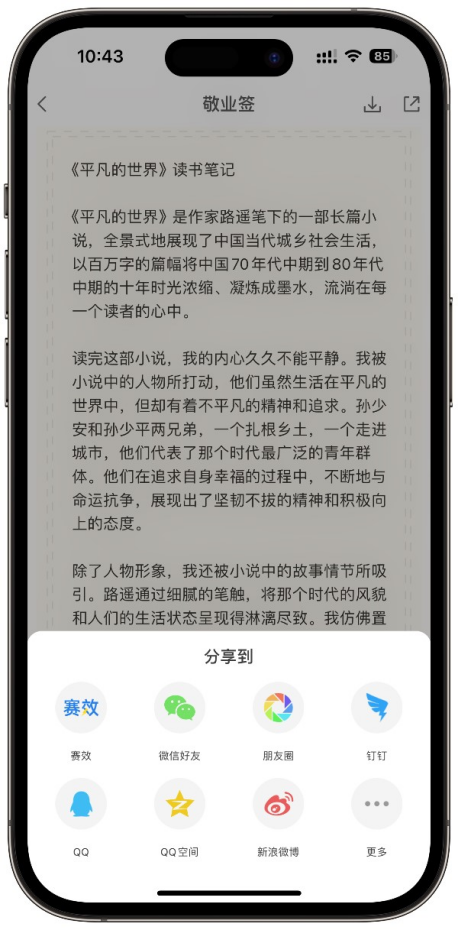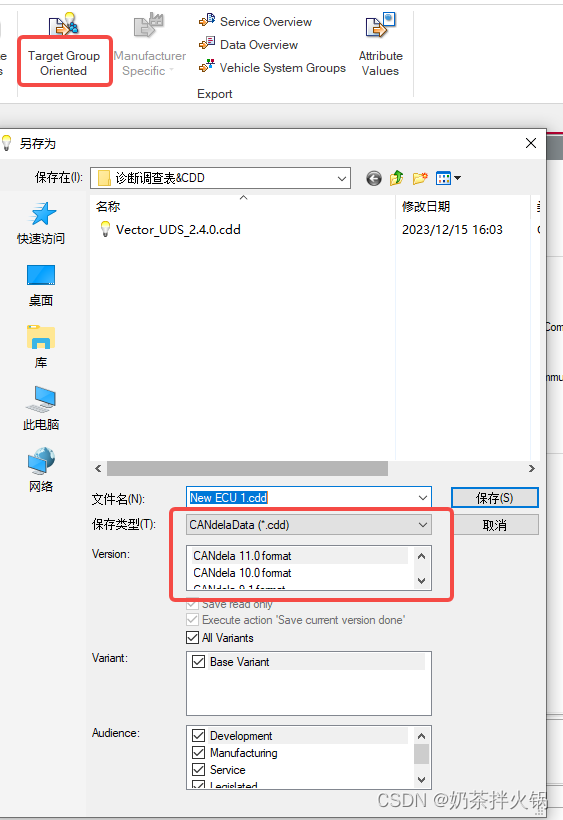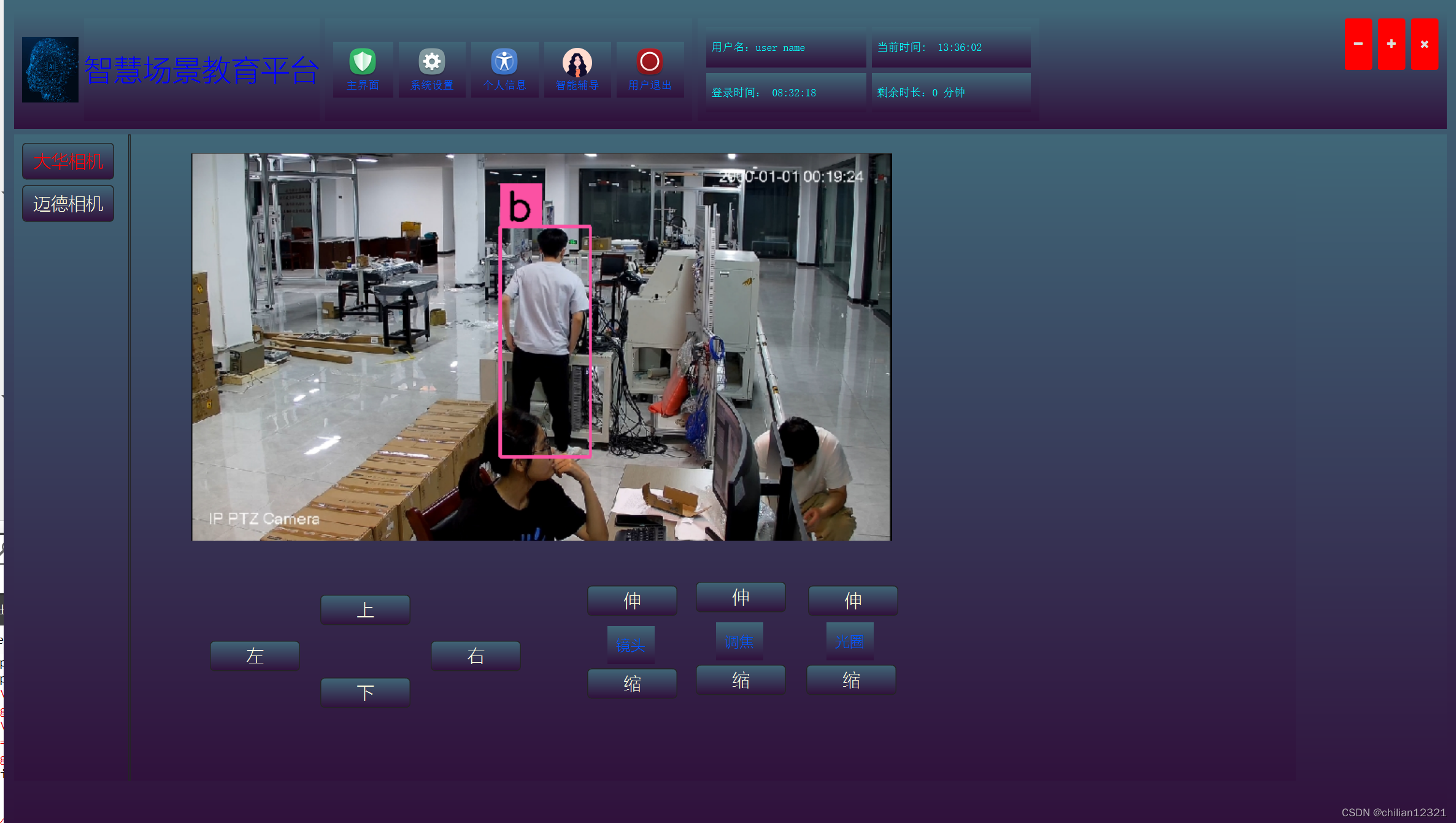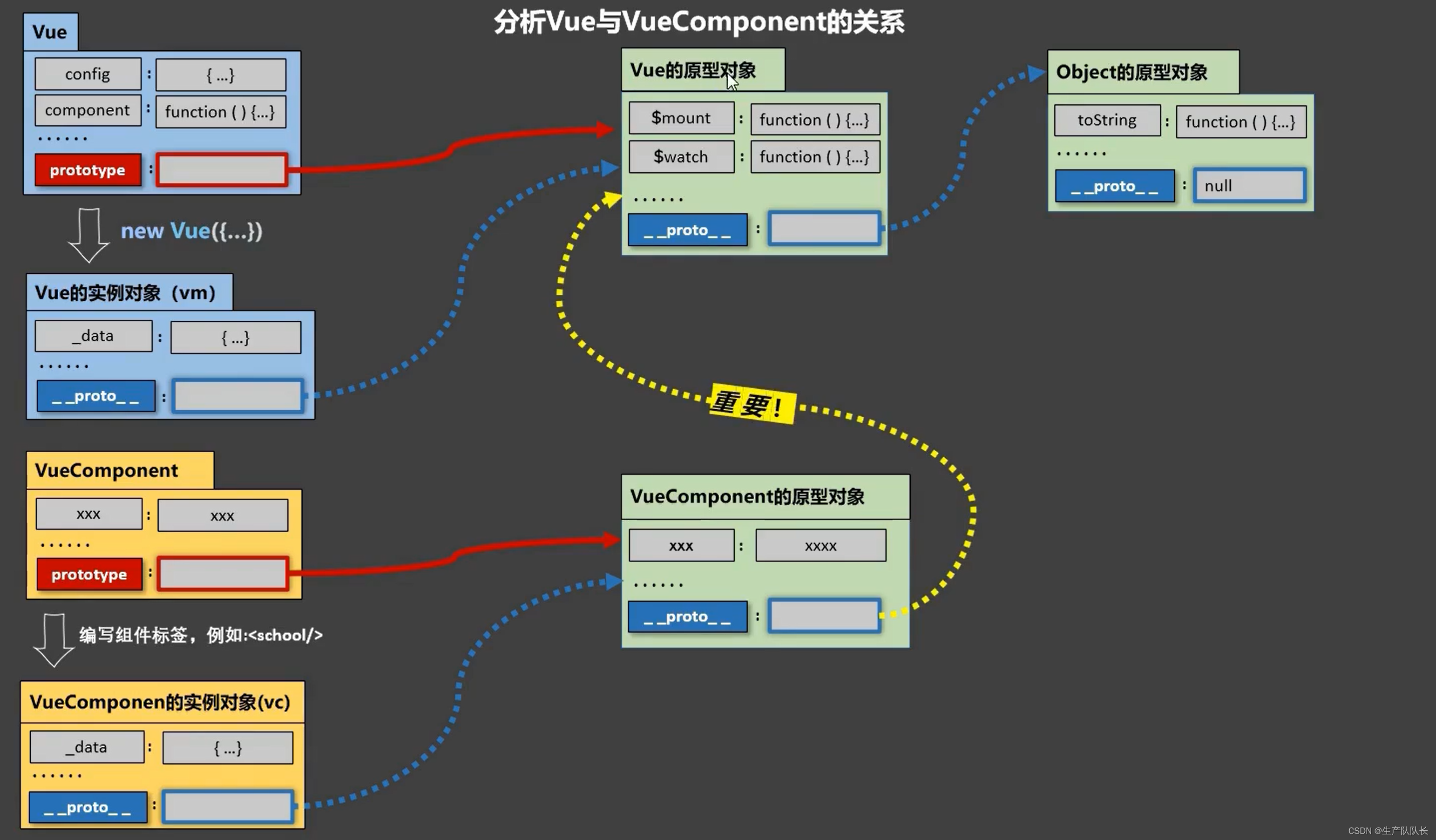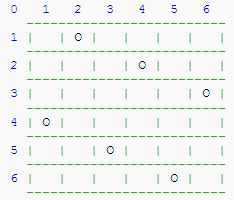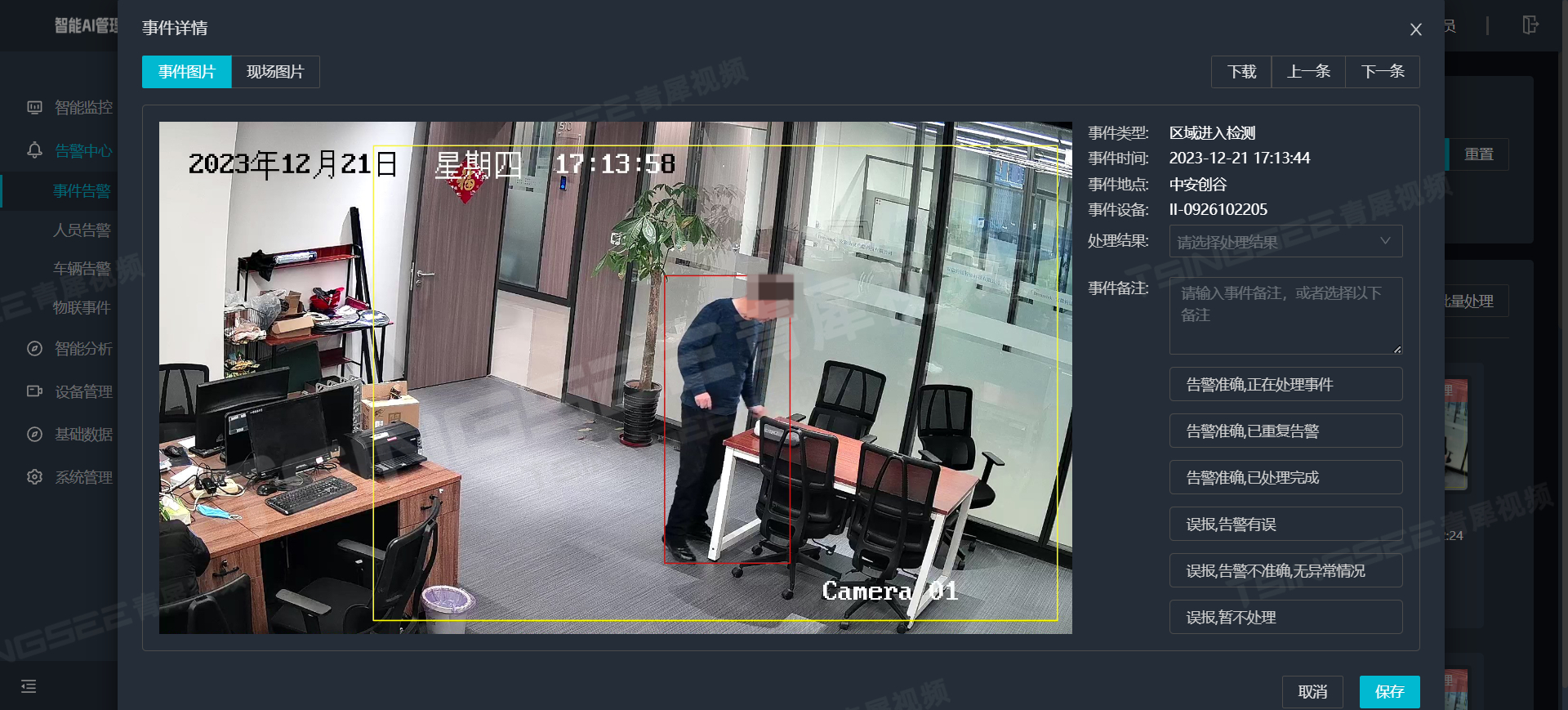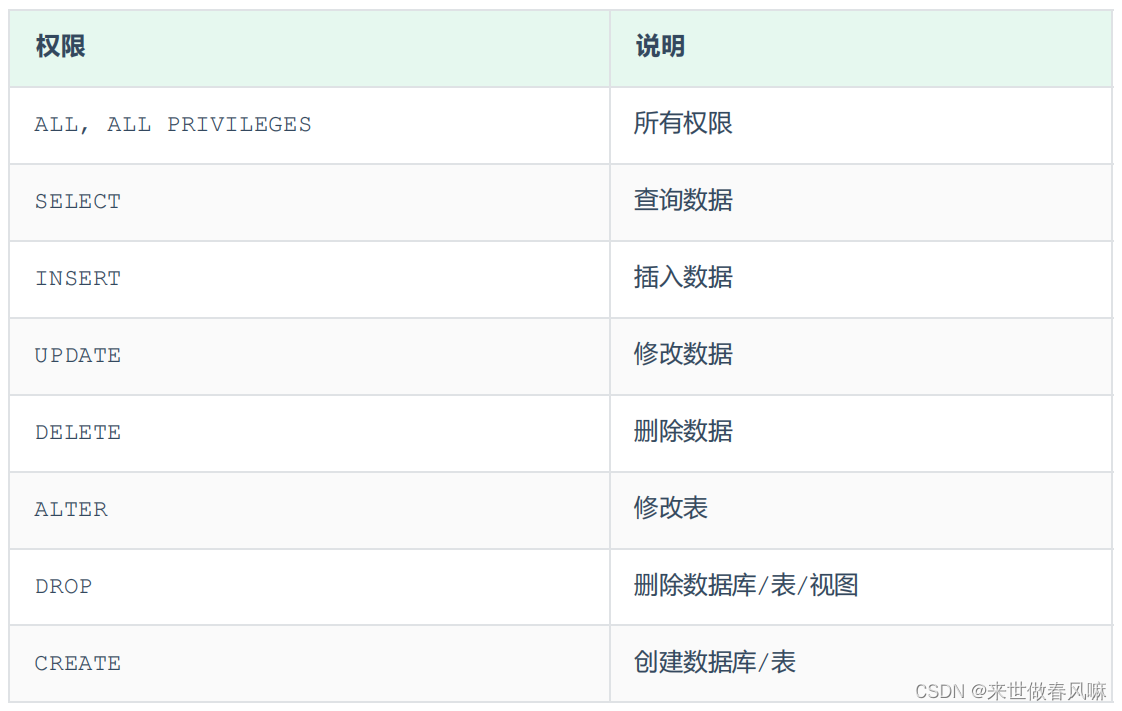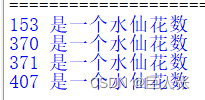《pytorch图像分类》p5ResNet网络结构
- 1 网络中的亮点
- 1.1 超深的网络结构
- 1.2 residual模块
- 1.3 Batch Normalization
- 1.4 迁移学习简介
- 2 模块类代码
- 2.1 BasicBlock(18 & 32 layers)
- 2.2 Bottleneck(50 & 101 & 152 layers)
- 2.3 ResNet
- 3 课程代码
- 3.1 modle.py
- 3.2 train.py
- 3.3 predict.py
1 网络中的亮点
论文连接:Deep Residual Learning for Image Recognition
1.1 超深的网络结构
AlexNet,VggNet等之前学习的网络当中,深度只有十几层到二十几层,如果层数加深,会产生梯度消失或者梯度爆炸现象,错误率反而会增高(如左图),ResNet是添加了残差模块之后才能搭建足够深的网络模型(如右图)。

网络深度突破了1000层

1.2 residual模块
残差模块(Residual module)是一种常用于深度卷积神经网络(CNN)中的构建块,用于解决梯度消失或爆炸的问题,并帮助网络更有效地进行训练。
残差模块的核心思想是通过引入跳跃连接 shortcut connections(论文中写的术语)来绕过一些卷积层,将输入直接添加到输出中。

当输入特征图和输出特征图在维度上不匹配时,可以通过1x1卷积层调整维度,以确保它们可以相加。

Down sampling is performed by conv3_1, conv4_1, and conv5_1 with a stride of 2.
下采样由conv3_1、conv4_1和conv5_1执行,步长为2。

1.3 Batch Normalization
Batch Normalization(批归一化)是一种在深度神经网络中用于提高训练速度和稳定性的技术。它通过对每个小批次(batch)的输入数据进行归一化处理,以使输入的均值和方差保持在稳定范围内。
举个例子:我们在烹饪中做蛋糕的过程。每次用相同的配方烤蛋糕时,我们都会按照配方中的比例加入相同的材料,所以无论做几个蛋糕,它们都会有相似的味道和口感。
类似地,神经网络的训练过程中,我们可以将输入数据看作是蛋糕的材料。批归一化通过对每个批次中的数据进行标准化,使得它们具有零均值和单位方差。这相当于将每个批次的数据转化为类似的“蛋糕材料”,这样神经网络在处理不同的批次时,每个批次的数据都可以在相似的范围内变化。这样有利于网络的学习和训练。
(我还得找资料更深一步去学习)
1.4 迁移学习简介
- 能够快速的训练出一个理想的结果
- 当数据集比较小的时候也能训练出理想的效果
常见的迁移学习方式:
- 载入权重后训练所有参数
- 载入权重后只训练最后几层参数
- 载入权重后在原网络基础上再添加一层全连接层,仅训练最后一个全连接层
2 模块类代码
2.1 BasicBlock(18 & 32 layers)
针对18层和34层的残差结构
expansion是指每个残差块的输出通道数相对于输入通道数的倍数,主分支所采用的卷积核的个数有没有发生变化,expansion=1也就是卷积核个数没有发生变化。

downsample=None对应的是实线的结构
虚线结构即是跳跃连接shortcut connections,见本篇博客1.2residual结构的第二张图,比如conv3、conv4和conv5的第一层
def __init__(self, in_channel, out_channel, stride=1, downsample=None, **kwargs):

2.2 Bottleneck(50 & 101 & 152 layers)
针对50层、101层和152层的残差结构
expansion=4即输出通道数是输入通道数的4倍。

def __init__(self, in_channel, out_channel, stride=1, downsample=None,groups=1, width_per_group=64):
2.3 ResNet

class ResNet(nn.Module):def __init__(self,block,blocks_num,num_classes=1000,include_top=True,groups=1,width_per_group=64):
3 课程代码
3.1 modle.py
import torch.nn as nn
import torchclass BasicBlock(nn.Module):expansion = 1def __init__(self, in_channel, out_channel, stride=1, downsample=None, **kwargs):super(BasicBlock, self).__init__()self.conv1 = nn.Conv2d(in_channels=in_channel, out_channels=out_channel,kernel_size=3, stride=stride, padding=1, bias=False)self.bn1 = nn.BatchNorm2d(out_channel)self.relu = nn.ReLU()self.conv2 = nn.Conv2d(in_channels=out_channel, out_channels=out_channel,kernel_size=3, stride=1, padding=1, bias=False)self.bn2 = nn.BatchNorm2d(out_channel)self.downsample = downsampledef forward(self, x):identity = xif self.downsample is not None:identity = self.downsample(x)out = self.conv1(x)out = self.bn1(out)out = self.relu(out)out = self.conv2(out)out = self.bn2(out)out += identityout = self.relu(out)return outclass Bottleneck(nn.Module):"""注意:原论文中,在虚线残差结构的主分支上,第一个1x1卷积层的步距是2,第二个3x3卷积层步距是1。但在pytorch官方实现过程中是第一个1x1卷积层的步距是1,第二个3x3卷积层步距是2,这么做的好处是能够在top1上提升大概0.5%的准确率。可参考Resnet v1.5 https://ngc.nvidia.com/catalog/model-scripts/nvidia:resnet_50_v1_5_for_pytorch"""expansion = 4def __init__(self, in_channel, out_channel, stride=1, downsample=None,groups=1, width_per_group=64):super(Bottleneck, self).__init__()width = int(out_channel * (width_per_group / 64.)) * groupsself.conv1 = nn.Conv2d(in_channels=in_channel, out_channels=width,kernel_size=1, stride=1, bias=False) # squeeze channelsself.bn1 = nn.BatchNorm2d(width)# -----------------------------------------self.conv2 = nn.Conv2d(in_channels=width, out_channels=width, groups=groups,kernel_size=3, stride=stride, bias=False, padding=1)self.bn2 = nn.BatchNorm2d(width)# -----------------------------------------self.conv3 = nn.Conv2d(in_channels=width, out_channels=out_channel*self.expansion,kernel_size=1, stride=1, bias=False) # unsqueeze channelsself.bn3 = nn.BatchNorm2d(out_channel*self.expansion)self.relu = nn.ReLU(inplace=True)self.downsample = downsampledef forward(self, x):identity = xif self.downsample is not None:identity = self.downsample(x)out = self.conv1(x)out = self.bn1(out)out = self.relu(out)out = self.conv2(out)out = self.bn2(out)out = self.relu(out)out = self.conv3(out)out = self.bn3(out)out += identityout = self.relu(out)return outclass ResNet(nn.Module):def __init__(self,block,blocks_num,num_classes=1000,include_top=True,groups=1,width_per_group=64):super(ResNet, self).__init__()self.include_top = include_topself.in_channel = 64self.groups = groupsself.width_per_group = width_per_groupself.conv1 = nn.Conv2d(3, self.in_channel, kernel_size=7, stride=2,padding=3, bias=False)self.bn1 = nn.BatchNorm2d(self.in_channel)self.relu = nn.ReLU(inplace=True)self.maxpool = nn.MaxPool2d(kernel_size=3, stride=2, padding=1)self.layer1 = self._make_layer(block, 64, blocks_num[0])self.layer2 = self._make_layer(block, 128, blocks_num[1], stride=2)self.layer3 = self._make_layer(block, 256, blocks_num[2], stride=2)self.layer4 = self._make_layer(block, 512, blocks_num[3], stride=2)if self.include_top:self.avgpool = nn.AdaptiveAvgPool2d((1, 1)) # output size = (1, 1)self.fc = nn.Linear(512 * block.expansion, num_classes)for m in self.modules():if isinstance(m, nn.Conv2d):nn.init.kaiming_normal_(m.weight, mode='fan_out', nonlinearity='relu')def _make_layer(self, block, channel, block_num, stride=1):downsample = Noneif stride != 1 or self.in_channel != channel * block.expansion:downsample = nn.Sequential(nn.Conv2d(self.in_channel, channel * block.expansion, kernel_size=1, stride=stride, bias=False),nn.BatchNorm2d(channel * block.expansion))layers = []layers.append(block(self.in_channel,channel,downsample=downsample,stride=stride,groups=self.groups,width_per_group=self.width_per_group))self.in_channel = channel * block.expansionfor _ in range(1, block_num):layers.append(block(self.in_channel,channel,groups=self.groups,width_per_group=self.width_per_group))return nn.Sequential(*layers)def forward(self, x):x = self.conv1(x)x = self.bn1(x)x = self.relu(x)x = self.maxpool(x)x = self.layer1(x)x = self.layer2(x)x = self.layer3(x)x = self.layer4(x)if self.include_top:x = self.avgpool(x)x = torch.flatten(x, 1)x = self.fc(x)return xdef resnet34(num_classes=1000, include_top=True):# https://download.pytorch.org/models/resnet34-333f7ec4.pthreturn ResNet(BasicBlock, [3, 4, 6, 3], num_classes=num_classes, include_top=include_top)def resnet50(num_classes=1000, include_top=True):# https://download.pytorch.org/models/resnet50-19c8e357.pthreturn ResNet(Bottleneck, [3, 4, 6, 3], num_classes=num_classes, include_top=include_top)def resnet101(num_classes=1000, include_top=True):# https://download.pytorch.org/models/resnet101-5d3b4d8f.pthreturn ResNet(Bottleneck, [3, 4, 23, 3], num_classes=num_classes, include_top=include_top)def resnext50_32x4d(num_classes=1000, include_top=True):# https://download.pytorch.org/models/resnext50_32x4d-7cdf4587.pthgroups = 32width_per_group = 4return ResNet(Bottleneck, [3, 4, 6, 3],num_classes=num_classes,include_top=include_top,groups=groups,width_per_group=width_per_group)def resnext101_32x8d(num_classes=1000, include_top=True):# https://download.pytorch.org/models/resnext101_32x8d-8ba56ff5.pthgroups = 32width_per_group = 8return ResNet(Bottleneck, [3, 4, 23, 3],num_classes=num_classes,include_top=include_top,groups=groups,width_per_group=width_per_group)3.2 train.py
import os
import sys
import jsonimport torch
import torch.nn as nn
import torch.optim as optim
from torchvision import transforms, datasets
from tqdm import tqdmfrom model import resnet34def main():device = torch.device("cuda:0" if torch.cuda.is_available() else "cpu")print("using {} device.".format(device))data_transform = {"train": transforms.Compose([transforms.RandomResizedCrop(224),transforms.RandomHorizontalFlip(),transforms.ToTensor(),transforms.Normalize([0.485, 0.456, 0.406], [0.229, 0.224, 0.225])]),"val": transforms.Compose([transforms.Resize(256),transforms.CenterCrop(224),transforms.ToTensor(),transforms.Normalize([0.485, 0.456, 0.406], [0.229, 0.224, 0.225])])}data_root = os.path.abspath(os.path.join(os.getcwd(), "../..")) # get data root pathimage_path = os.path.join(data_root, "data_set", "flower_data") # flower data set pathassert os.path.exists(image_path), "{} path does not exist.".format(image_path)train_dataset = datasets.ImageFolder(root=os.path.join(image_path, "train"),transform=data_transform["train"])train_num = len(train_dataset)# {'daisy':0, 'dandelion':1, 'roses':2, 'sunflower':3, 'tulips':4}flower_list = train_dataset.class_to_idxcla_dict = dict((val, key) for key, val in flower_list.items())# write dict into json filejson_str = json.dumps(cla_dict, indent=4)with open('class_indices.json', 'w') as json_file:json_file.write(json_str)batch_size = 16nw = min([os.cpu_count(), batch_size if batch_size > 1 else 0, 8]) # number of workersprint('Using {} dataloader workers every process'.format(nw))train_loader = torch.utils.data.DataLoader(train_dataset,batch_size=batch_size, shuffle=True,num_workers=nw)validate_dataset = datasets.ImageFolder(root=os.path.join(image_path, "val"),transform=data_transform["val"])val_num = len(validate_dataset)validate_loader = torch.utils.data.DataLoader(validate_dataset,batch_size=batch_size, shuffle=False,num_workers=nw)print("using {} images for training, {} images for validation.".format(train_num,val_num))net = resnet34()# load pretrain weights# download url: https://download.pytorch.org/models/resnet34-333f7ec4.pthmodel_weight_path = "resnet34-pre.pth"assert os.path.exists(model_weight_path), "file {} does not exist.".format(model_weight_path)net.load_state_dict(torch.load(model_weight_path, map_location='cpu'))# for param in net.parameters():# param.requires_grad = False# change fc layer structurein_channel = net.fc.in_featuresnet.fc = nn.Linear(in_channel, 5)net.to(device)# define loss functionloss_function = nn.CrossEntropyLoss()# construct an optimizerparams = [p for p in net.parameters() if p.requires_grad]optimizer = optim.Adam(params, lr=0.0001)epochs = 3best_acc = 0.0save_path = './resNet34.pth'train_steps = len(train_loader)for epoch in range(epochs):# trainnet.train()running_loss = 0.0train_bar = tqdm(train_loader, file=sys.stdout)for step, data in enumerate(train_bar):images, labels = dataoptimizer.zero_grad()logits = net(images.to(device))loss = loss_function(logits, labels.to(device))loss.backward()optimizer.step()# print statisticsrunning_loss += loss.item()train_bar.desc = "train epoch[{}/{}] loss:{:.3f}".format(epoch + 1,epochs,loss)# validatenet.eval()acc = 0.0 # accumulate accurate number / epochwith torch.no_grad():val_bar = tqdm(validate_loader, file=sys.stdout)for val_data in val_bar:val_images, val_labels = val_dataoutputs = net(val_images.to(device))# loss = loss_function(outputs, test_labels)predict_y = torch.max(outputs, dim=1)[1]acc += torch.eq(predict_y, val_labels.to(device)).sum().item()val_bar.desc = "valid epoch[{}/{}]".format(epoch + 1,epochs)val_accurate = acc / val_numprint('[epoch %d] train_loss: %.3f val_accuracy: %.3f' %(epoch + 1, running_loss / train_steps, val_accurate))if val_accurate > best_acc:best_acc = val_accuratetorch.save(net.state_dict(), save_path)print('Finished Training')if __name__ == '__main__':main()3.3 predict.py
import os
import jsonimport torch
from PIL import Image
from torchvision import transforms
import matplotlib.pyplot as pltfrom model import resnet34def main():device = torch.device("cuda:0" if torch.cuda.is_available() else "cpu")data_transform = transforms.Compose([transforms.Resize(256),transforms.CenterCrop(224),transforms.ToTensor(),transforms.Normalize([0.485, 0.456, 0.406], [0.229, 0.224, 0.225])])# load imageimg_path = "1.jpg"assert os.path.exists(img_path), "file: '{}' dose not exist.".format(img_path)img = Image.open(img_path)plt.imshow(img)# [N, C, H, W]img = data_transform(img)# expand batch dimensionimg = torch.unsqueeze(img, dim=0)# read class_indictjson_path = './class_indices.json'assert os.path.exists(json_path), "file: '{}' dose not exist.".format(json_path)with open(json_path, "r") as f:class_indict = json.load(f)# create modelmodel = resnet34(num_classes=5).to(device)# load model weightsweights_path = "./resNet34.pth"assert os.path.exists(weights_path), "file: '{}' dose not exist.".format(weights_path)model.load_state_dict(torch.load(weights_path, map_location=device))# predictionmodel.eval()with torch.no_grad():# predict classoutput = torch.squeeze(model(img.to(device))).cpu()predict = torch.softmax(output, dim=0)predict_cla = torch.argmax(predict).numpy()print_res = "class: {} prob: {:.3}".format(class_indict[str(predict_cla)],predict[predict_cla].numpy())plt.title(print_res)for i in range(len(predict)):print("class: {:10} prob: {:.3}".format(class_indict[str(i)],predict[i].numpy()))plt.show()if __name__ == '__main__':main()1.jpg预测的玫瑰花
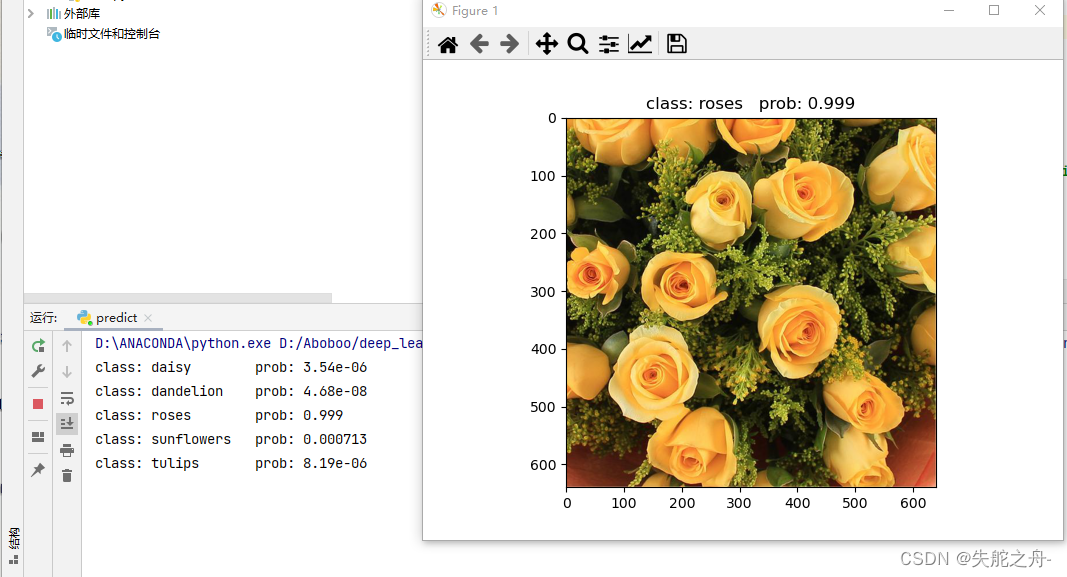
2.jpg预测的雏菊






